
Conversation

Ad Creative Formats
Your ad format is just as important as your hook and angle. The way you present your message determines how well it resonates with your audience and how much engagement your ad receives.
Think of ad formats as the "packaging" of your hook and angle.
Even if you have a killer message, the wrong format can make people ignore your ad.
Static image ads:
The classic image ad.
Great for getting ads out quickly, as they’re just an image with a text hook/headline. Typically quick, high-impact messaging.
They work best when what you’re selling is easy to understand at a glance.
If your product is novel or complex, a video does a better job explaining it.
If it’s something people already understand, but for a new market for example, you can lean on statics more. “It’s like Duolingo for addiction” .. “It’s like Notion but without the setup”
Static image ad formats:
Value prop/direct response ads
These ads are to the point
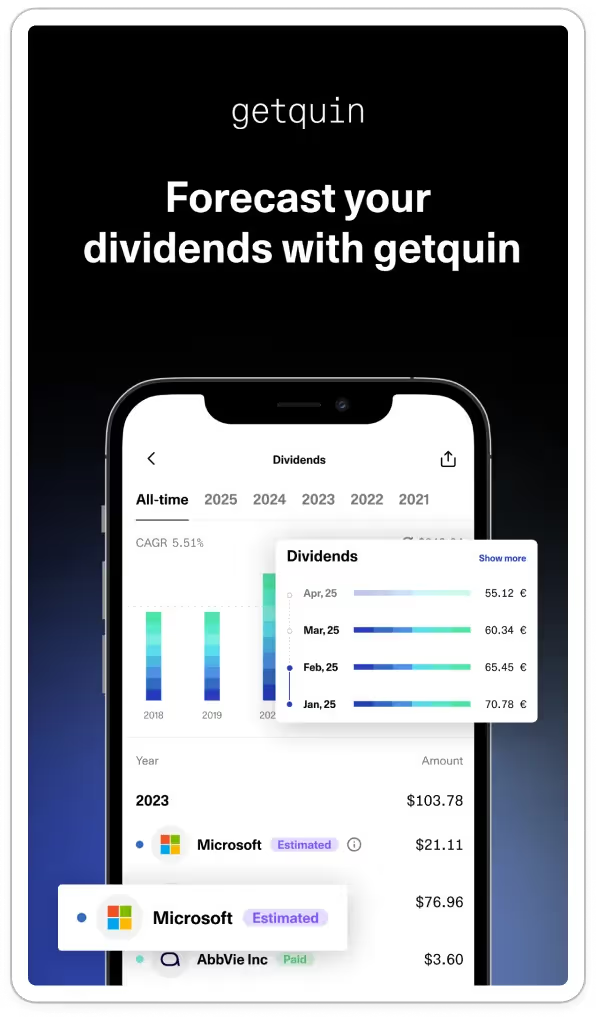
This vs. That comparisons
Here you directly contrast two things.
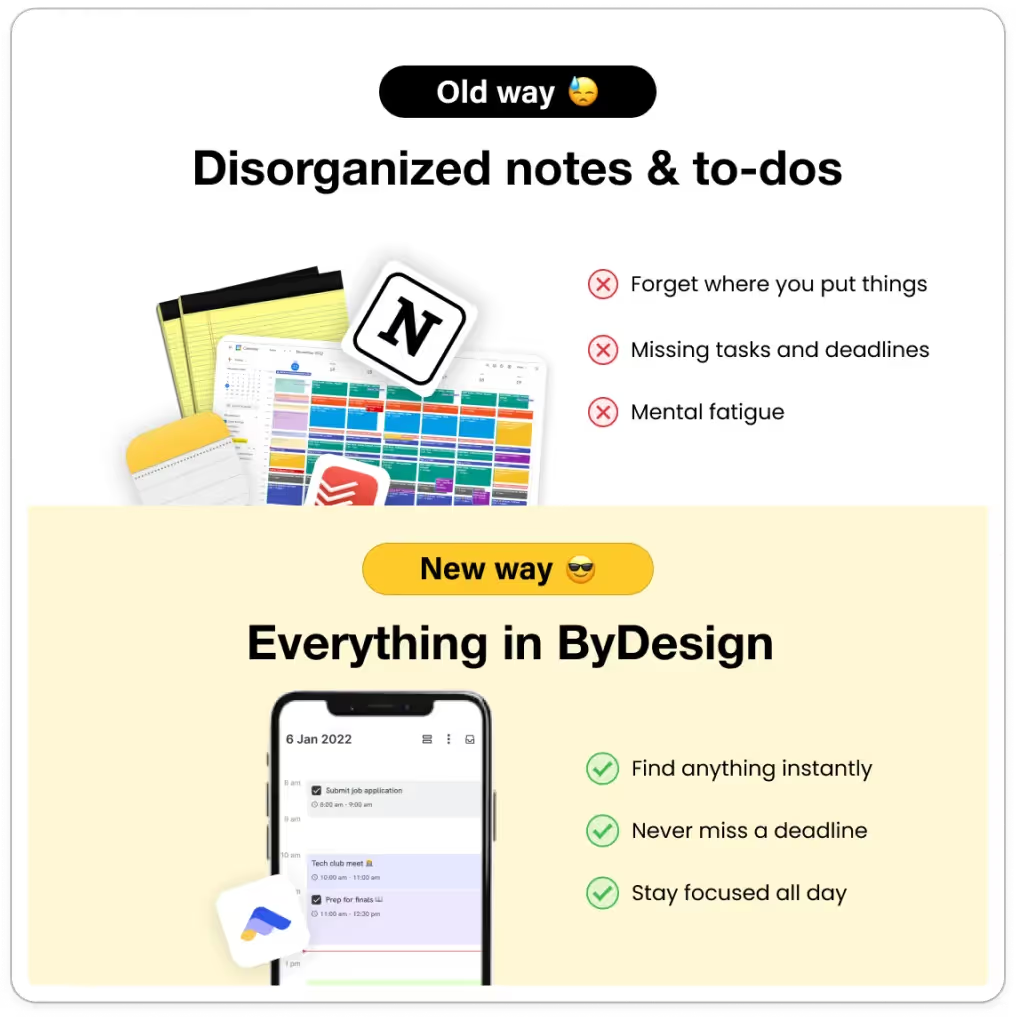
Generally this can be:
- Your product vs competitors
- Old way vs new way
- Before vs after
- Good vs bad
Static testimonials
Here you specifically highlight one or more testimonials:
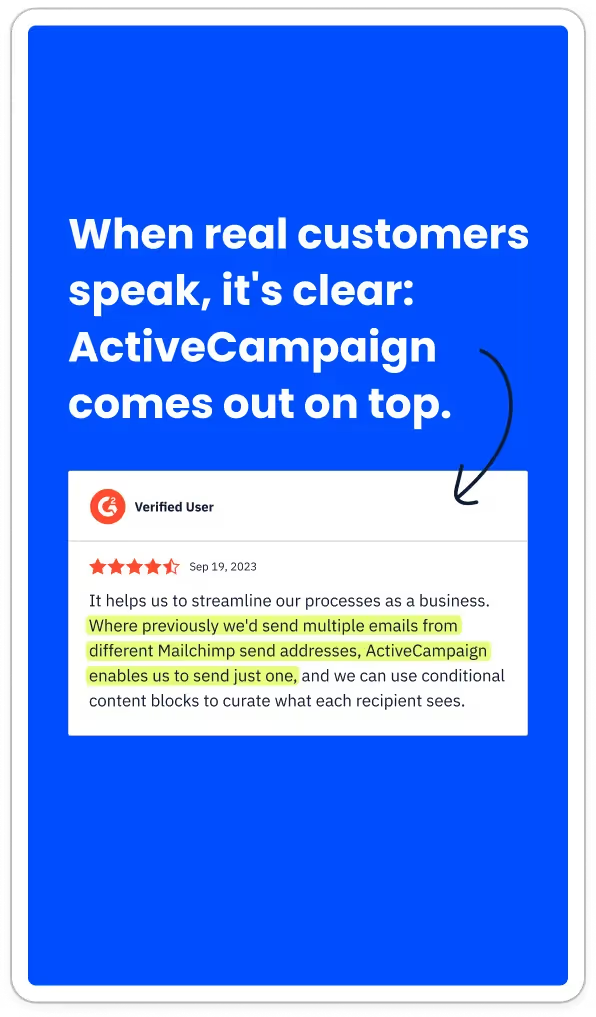
Feature callouts
Here you have your product and have various value props/features called out:

Ugly ads
Purposely low-budget ads that look like organic content:
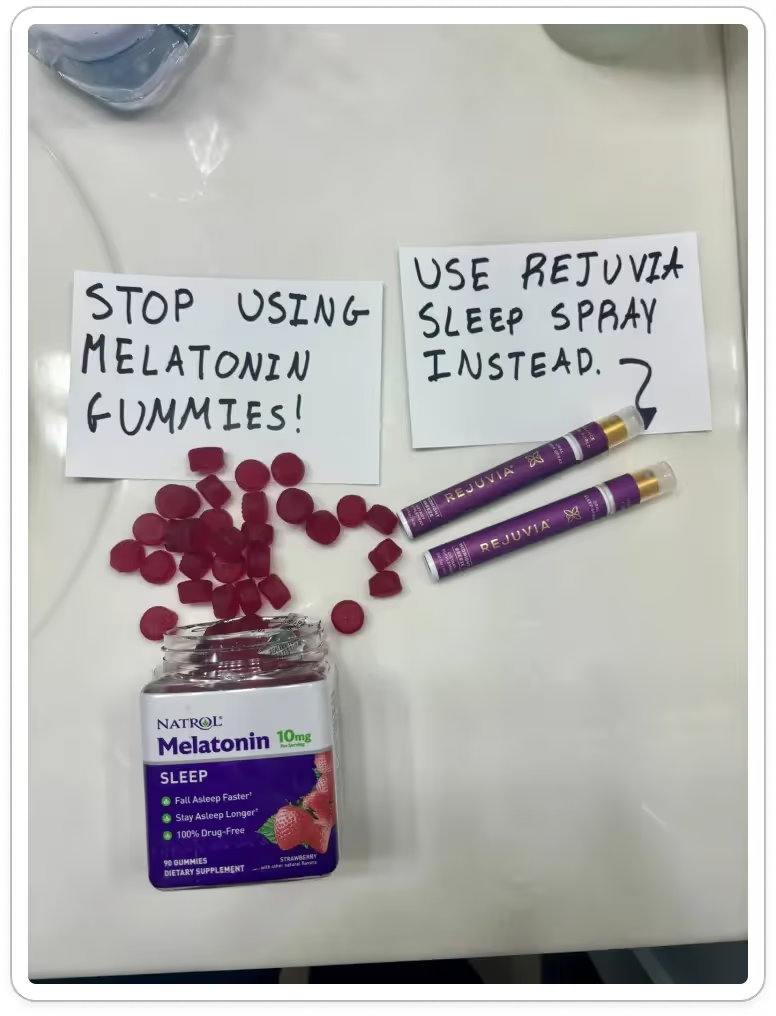
Press screenshots
Here you either use a direct screenshot of a press article about your product.
OR, you make it look like a “fake blog post” or “fake breaking news”
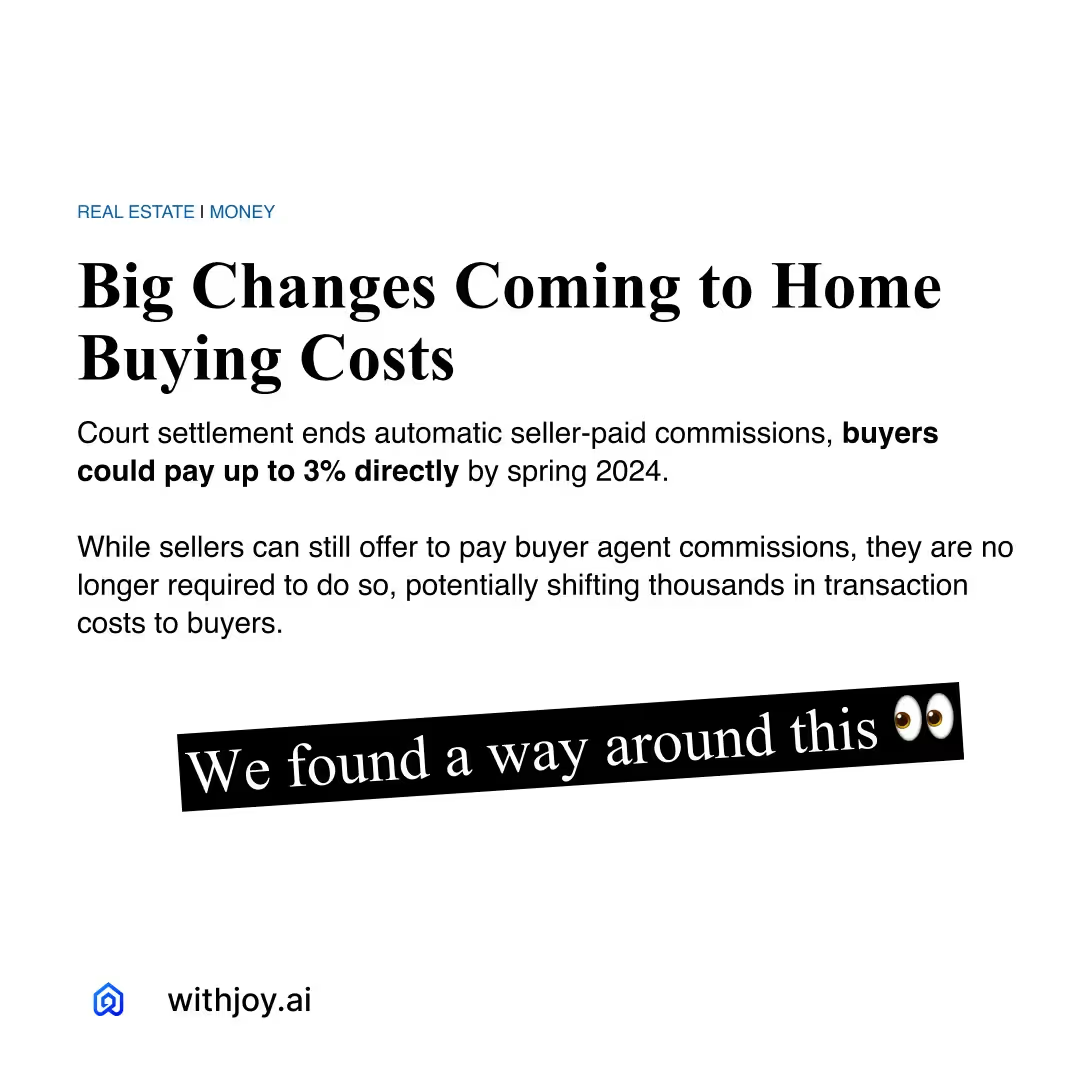
Social proof
Here you highlight social proof like impressive users, clients, review scores, or numbers:
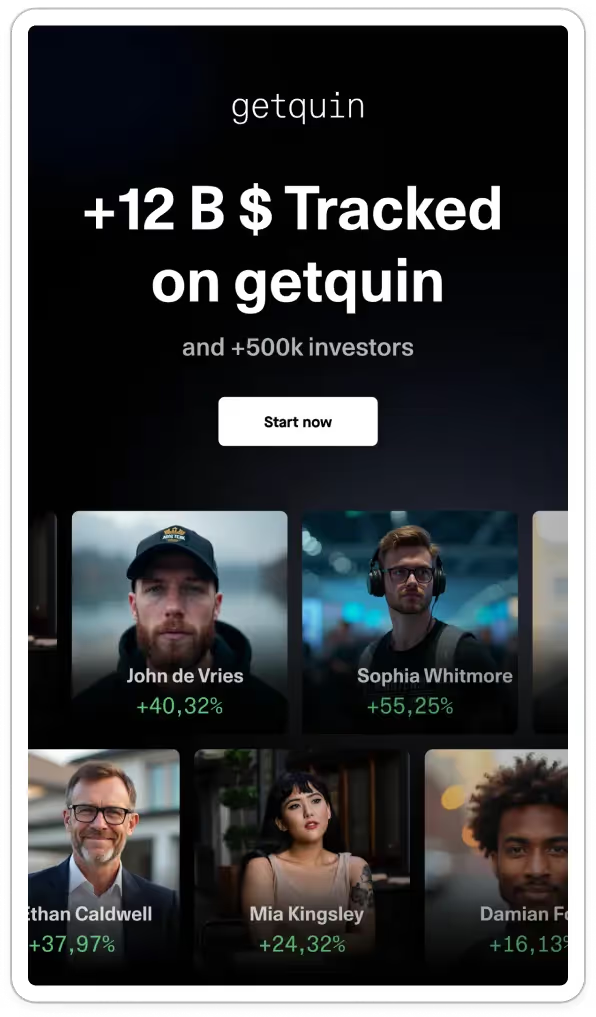
Meme
You use meme generators to make memes that are really ads:
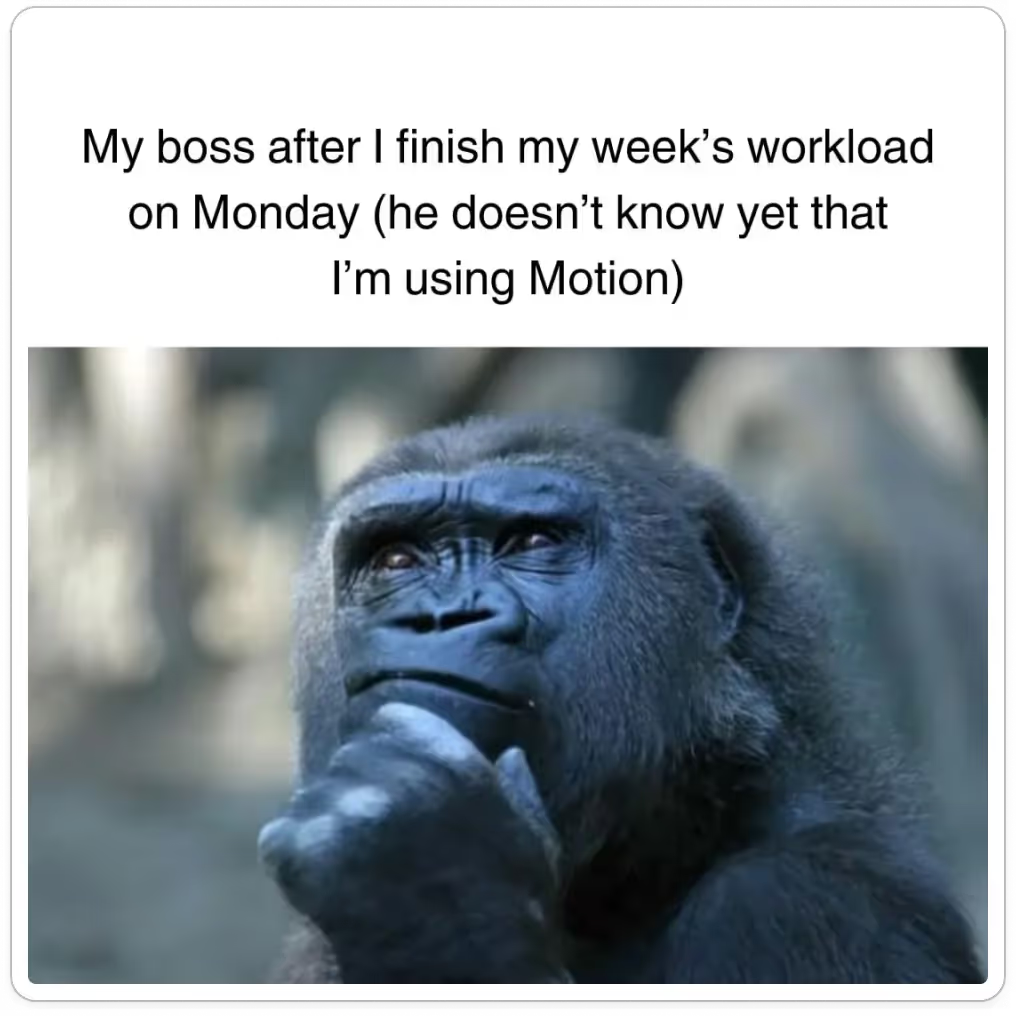
Our highest performing ad for our client VideoGen:
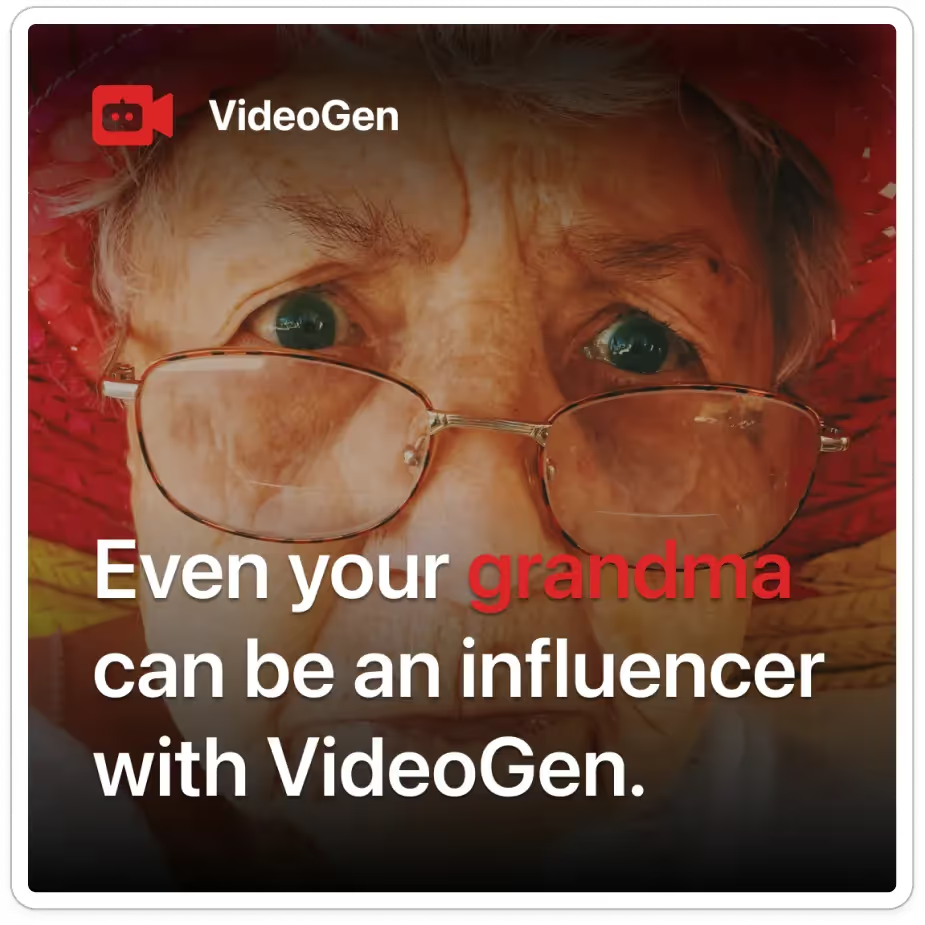
Problem callout
Here you directly callout someone's problem:

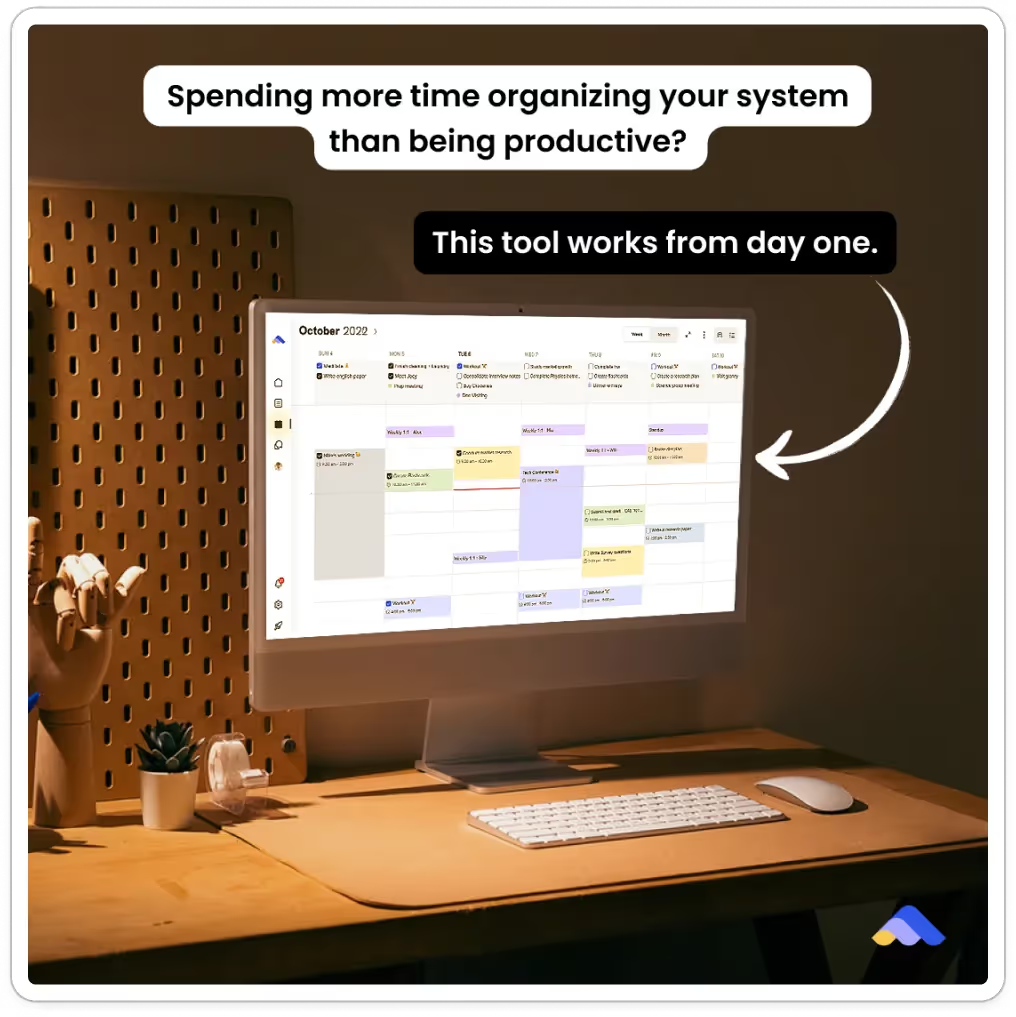
Common interface
You make an ad that looks like something they're familiar with:
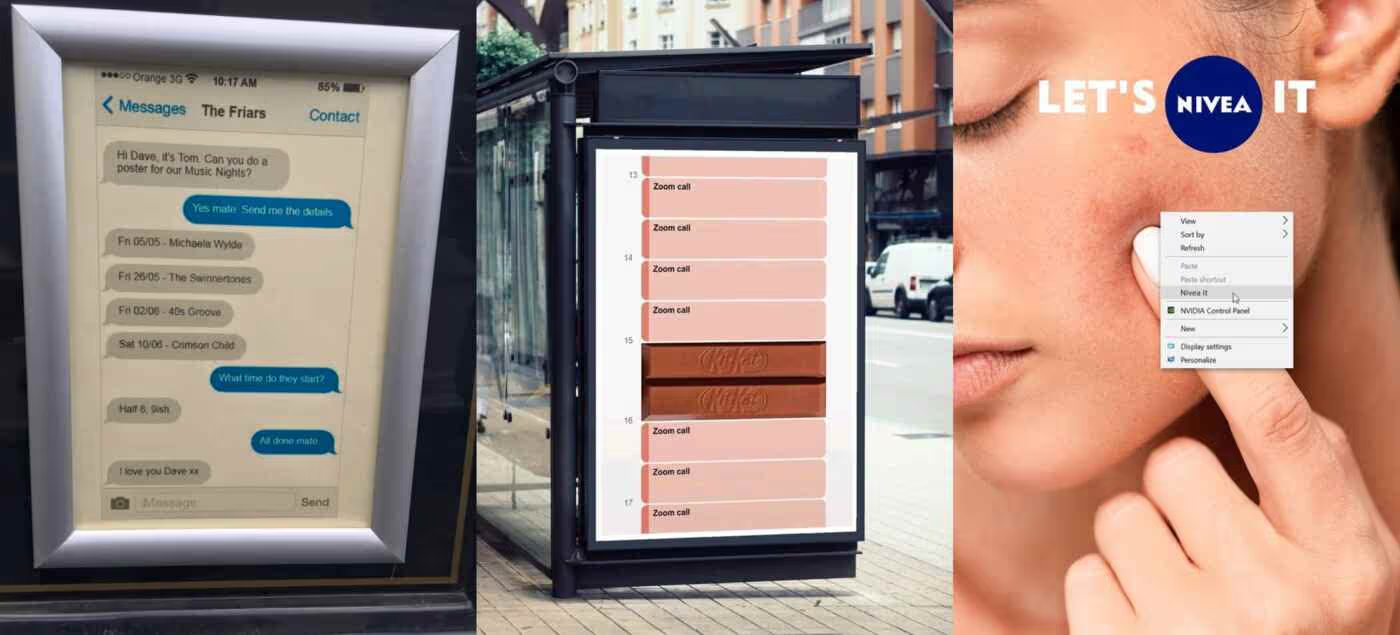
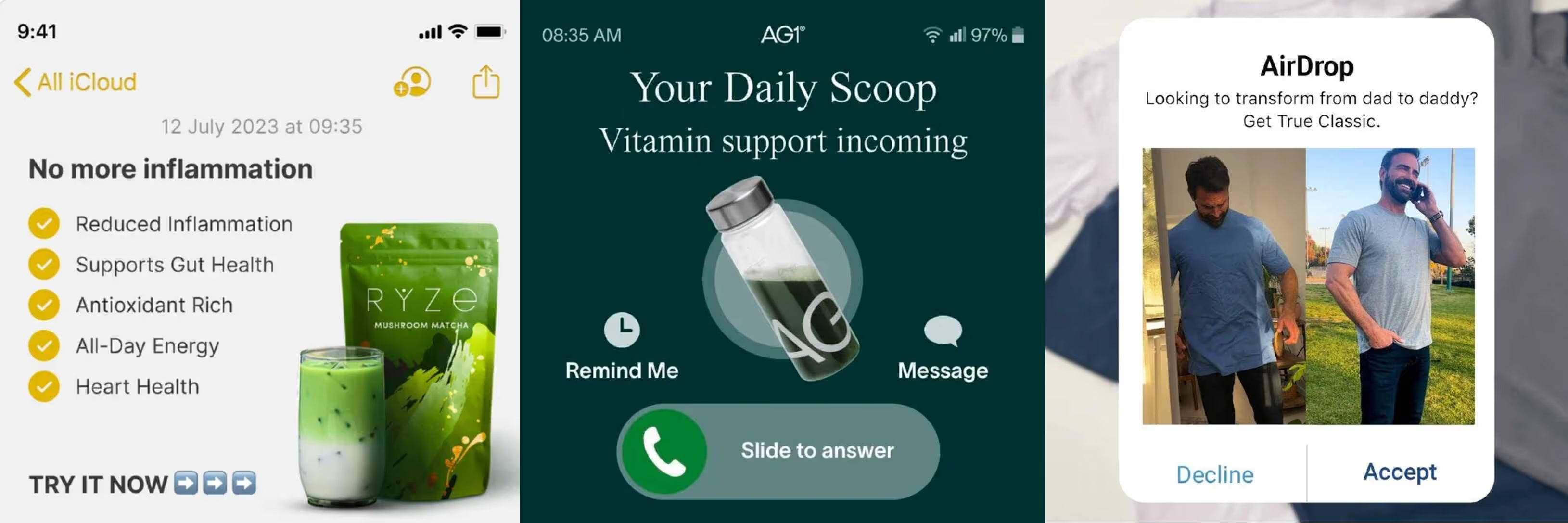
Motion ads
This is a motion ad:
They’re easier to produce than video, and can tell more of a story than statics can.
They enable you to highlight key features in a simple, but engaging way and they make your typical statics more eye catching.
User-generated content
User-Generated Content (UGC) is one of the highest-performing ad formats because it feels authentic and organic. It blends in with the content people already engage with, making it more likely to capture attention and drive conversions. And they’re actually really easy to make.
UGC Formats:
1. Unboxing & First Impression
Unboxing videos capture the experience of opening a product for the first time. These ads rely on curiosity and excitement to keep viewers engaged.
Why it works:
- Feels raw and authentic, making it more believable.
- Captures real-time reactions, which makes the product seem more desirable.
- Builds curiosity, especially if the product is something people haven't seen before.
Best for:
Beauty, electronics, clothing, luxury items, and anything with premium packaging.
Examples to test:
- Someone unboxing a product with close-ups of packaging details.
- A first impression review where the creator reacts to different features.
- A side-by-side comparison of expectations vs. reality.
2. Product Usage / Demonstration
Shows how the product actually works in real life. This format is effective because it removes uncertainty and highlights key features.
Why it works:
- Helps potential buyers visualize how they would use the product.
- Provides proof that the product delivers on its claims.
- Removes purchase friction by showing real-world benefits.
Best for:
Tech, SaaS, kitchen gadgets, skincare, fitness equipment, and any product that solves a pain point.
Examples to test:
- A tutorial showing how to use the product in under 30 seconds.
- A creator explaining their favorite feature while using the product.
- A fast-motion demo showing results over time.
3. Challenge or Progress Series
A creator documents their experience with a product over a set period (7 days, 30 days, etc.), tracking results.
Why it works:
- Builds anticipation and curiosity—people want to see the outcome.
- Creates a sense of credibility since results unfold naturally over time.
- Keeps users engaged across multiple ads or posts.
Best for:
Health, fitness, skincare, supplements, finance, and productivity apps.
Examples to test:
- “I used this for 30 days—here’s what happened.”
- A creator checking in daily with progress updates.
- A split-screen before-and-after comparison.
4. Day-in-the-Life
A casual, natural integration of a product into someone's daily routine. Feels less like an ad and more like content someone would post on social media.
Why it works:
- Shows how the product fits seamlessly into daily habits.
- Feels effortless, making it more relatable and engaging.
- Blends in with organic content, making it feel more trustworthy.
Best for:
Supplements, skincare, fashion, tech, coffee, and lifestyle brands.
Examples to test:
- A morning routine featuring the product.
- A “What I use every day” roundup with the product included.
- A creator subtly mentioning the product while going about their routine.
5. Q&A or AMA (Ask Me Anything)
A creator answers common questions about the product, either from real users or scripted questions.
Why it works:
- Positions the creator as a trusted voice, making the product feel credible.
- Addresses common objections, reducing hesitation.
- Engages viewers by anticipating what they’re already wondering.
Best for:
B2B, SaaS, high-ticket items, and products that require more education.
Examples to test:
- “Here’s what people always ask about this product.”
- A creator responding to a real customer comment or review.
- A FAQ-style breakdown covering product details and benefits.
6. Memes
Meme-style ads mimic viral internet culture, using humor or relatability to drive engagement. These often involve screenshots of tweets, pop culture references, or exaggerated situations.
Why it works:
- Doesn't look like an ad, so it blends naturally into feeds.
- Highly shareable, increasing organic reach.
- Makes the brand feel more human and approachable.
Best for:
Consumer brands, lifestyle products, and social media-heavy audiences.
Examples to test:
- A side-by-side meme format (expectations vs. reality).
- A Twitter-style text post paired with a reaction video.
- A pop culture reference applied to the product.
7. Entertainment / Storytelling
A narrative-driven approach that makes the ad feel like a mini story rather than a direct promotion.
Why it works:
- Hooks people in emotionally rather than focusing on just features.
- Keeps viewers watching longer, leading to better engagement.
- Works well with humorous, dramatic, or suspenseful storytelling.
Best for:
Anything that benefits from deeper engagement—fashion, tech, lifestyle, and fitness brands.
Examples to test:
- “Here’s the time I almost missed my flight, but this product saved me.”
- A creator telling a personal story that leads into the product.
- A comedic skit that highlights the product’s value.
8. Education / Value-Driven
The creator teaches the audience something valuable. The product doesn’t need to be in the video, you just need to teach your audience something interesting. It positions your brand as an authority.
Why it works:
- Provides useful information, making the ad feel less salesy.
- Builds trust by positioning the brand as an authority.
- Works especially well in high-consideration purchases.
Best for:
Finance, SaaS, supplements, skincare, fitness, and any industry where people want to make informed decisions.
Examples to test:
- “3 things you didn’t know about [industry/product].”
- A creator explaining the science behind why the product works.
- A side-by-side comparison of myths vs. facts.
9. Problem / Solution
Directly addresses a pain point, then positions the product as the best solution.
Why it works:
- Relatable and straightforward—people immediately connect to the problem.
- Clearly highlights the benefits of the product.
- Works well for retargeting or direct-response ads.
Best for:
Health, wellness, skincare, B2B, and high-ticket products.
Examples to test:
- “Struggling with [problem]? This fixes it.”
- A side-by-side comparison of life with vs. without the product.
- A creator acting out a relatable problem, followed by the solution.
10. Testimonial UGC
A real customer (preferably a pre-existing content creator, not a random person that can’t talk in front of a camera) shares their experience with the product, explaining why they love it.
Why it works:
- Social proof builds trust—people are more likely to believe another customer than a brand.
- Eliminates objections by showing someone with the same concerns who got results.
- Authenticity drives conversions—UGC testimonials feel more relatable than scripted ads.
Best for:
Any industry, but especially high-ticket products, B2B, SaaS, wellness, beauty, fitness, and supplements.
Examples to test:
- Face-to-Camera Review: A customer talks about their before/after experience with the product.
- Tweet + Video Combo: A real tweet or review screenshot with a creator reacting to it.
- Text Overlay Testimonial: A review appears on screen while the creator shows the product in action.
11. Listicle
A creator lists three reasons why the product is a must-have, making the case in a structured, easy-to-digest way.
Why it works:
- Gives viewers a clear, logical reason to buy.
- Works well for short-form content (quick and easy to consume).
- List-based content is engaging—people want to see if they agree with the points.
Best for:
Any product that solves a clear problem—SaaS, e-commerce, beauty, fitness, and supplements.
Examples to test:
- Pain-Point Driven: “3 reasons why your skincare routine isn’t working.”
- Feature-Focused: “3 reasons why this laptop stand is a game-changer.”
- Social Proof-Based: “3 reasons why 10,000+ people love this product.”
- Negative: “3 reasons I hate doing [x]”
12. This vs That UGC
A side-by-side breakdown of your product vs. a competitor or an alternative solution. Or a life before and life after.
Why it works:
- Frames your product as the better option without being overly aggressive.
- Addresses buyer hesitation by clearly showing why your product is worth it.
- Works well for new brands trying to compete against established companies.
Best for:
SaaS, subscription services, e-commerce, supplements, beauty, and any product with direct competitors.
Examples to test:
- Side-by-Side Us vs. Them: A creator holds two products and compares them live.
- Price vs. Value Breakdown: A cost comparison that justifies why your product is a better deal.
- Before/After: show life before and after using your product.


